Hyundai showcases 6 nanotech applications with self-healing capabilities
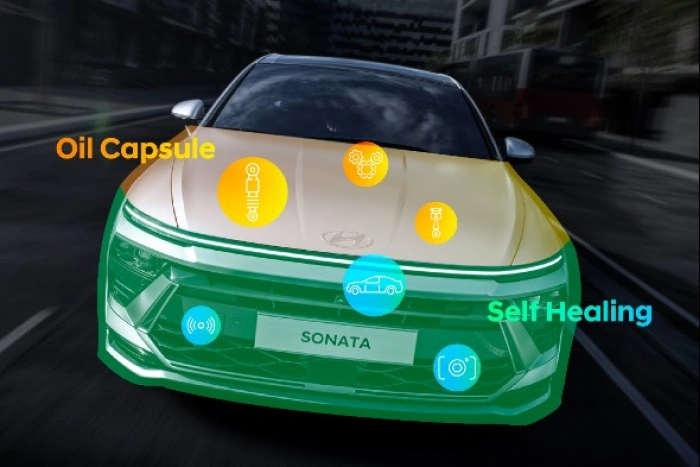
Self-healing scratches and more, Hyundai showcases 6 applications of nanotechnology.
In the global automotive field, Hyundai Motor Group, which has transformed from a “fast follower” to a “game changer,” has disclosed advanced material technologies that can lead the transition to electrification and carbon neutrality.
According to news on July 22, at the Nano Tech Day event held by Hyundai Motor Group this Thursday, six new nanotechnologies were displayed, which are expected to become the key drivers of future growth in the automotive field.
“In the automotive field, only through the development of top material technologies can the performance and durability of auto parts be improved, which will provide a competitive advantage in the fast-growing future mobility market,” Lee Jong-soo, vice president of Hyundai Motor Group’s Advanced Technology Development Institute, said at a news conference in Seoul.
A nanometer is one billionth of a meter, equivalent to one hundred thousandth of the thickness of a human hair.
Hyundai Motor continues to develop and advance nanotechnology to synthesize substances and control arrangements in such a small unit to create materials with new properties.
Hyundai Motor has introduced six key nanomaterial technologies: self-healing polymer coatings, oil capsule polymer coatings, transparent perovskite solar cells, tandem solar cells, pressure-sensitive materials, and transparent radiative cooling films. The editor summarizes the following according to reports:
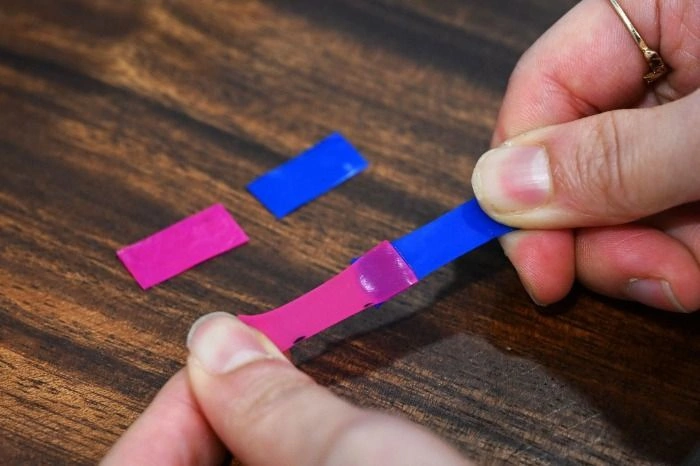
Self-healing polymer coating
The car’s ability to repair scratches on itself and restore surfaces to pristine condition within hours can remove scratches or water from cameras and lidar sensors on self-driving cars.
The technology exploits the properties of self-healing materials, in which split polymers within the coating chemically react to restore it to its original state when it suffers a scratch.
Hyundai Motor Group is considering applying the technology to the surfaces of camera lenses and LiDAR sensors used in self-driving cars.
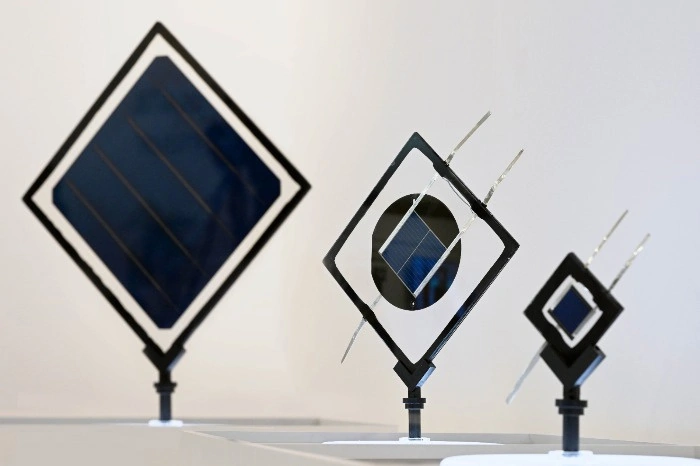
Tandem Solar Cells
The “tandem solar cell” presented at the event was created by combining the next-generation solar material perovskite with a silicon solar cell.
Energy efficiencies of over 35 percent can be achieved by stacking two solar cells that absorb sunlight in different spectral ranges.
Hyundai Motor Group believes that by applying tandem solar cells to areas that receive direct sunlight, such as hoods, roof panels and doors of eco-friendly cars, it will be possible to generate enough electricity for daily driving.
The goal is to provide an additional 20 kilometers of driving range per day by using solar energy.
Transparent radiative cooling film: can be applied to vehicle glass, without consuming energy, it can reduce the temperature inside the car even in hot weather.
This technology takes advantage of the phenomenon that the temperature decreases when an object emits more radiant heat than it absorbs.
Oil Capsule Polymer Coating: Uses nanocapsules to reduce component wear.
Transparent perovskite solar cells: can be applied to all windows that require transparency, such as cars and buildings.
Pressure-sensitive materials: Pressure-sensitive materials can convert pressure energy into electrical signals without sensors.
It can be used on car seats to heat only the part of the seat that touches the occupant’s body.
To sum up, nanotechnology has already played a huge role in the automotive field, and there is still a lot of room and potential for development.
Nanotechnology can not only improve the quality and performance of automobiles, but also reduce the impact and dependence of automobiles on the environment and resources.
With the continuous advancement and popularization of nanotechnology, we have reason to believe that in the near future, we will have more intelligent, environmentally friendly, comfortable and beautiful cars.



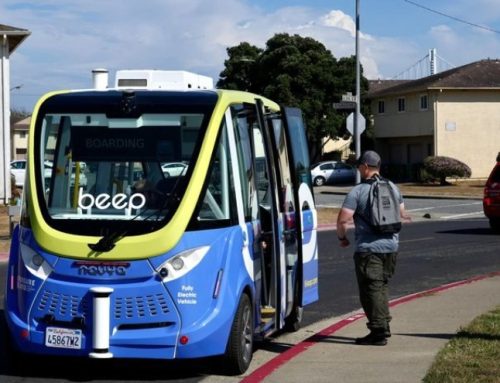
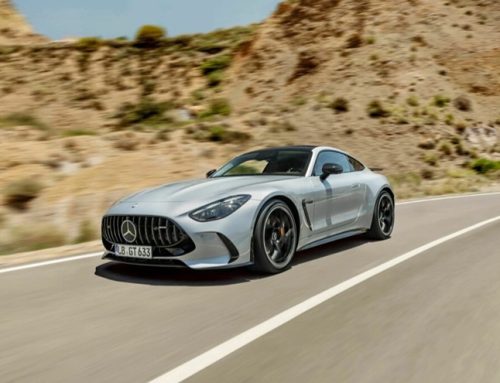
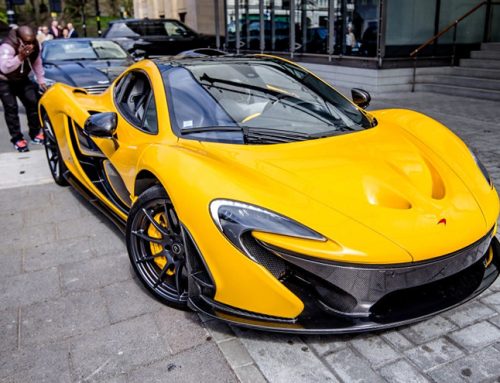
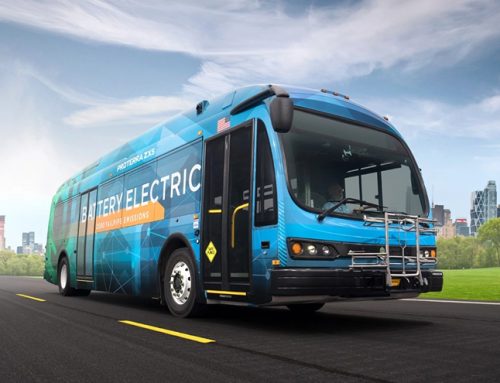
Leave A Comment